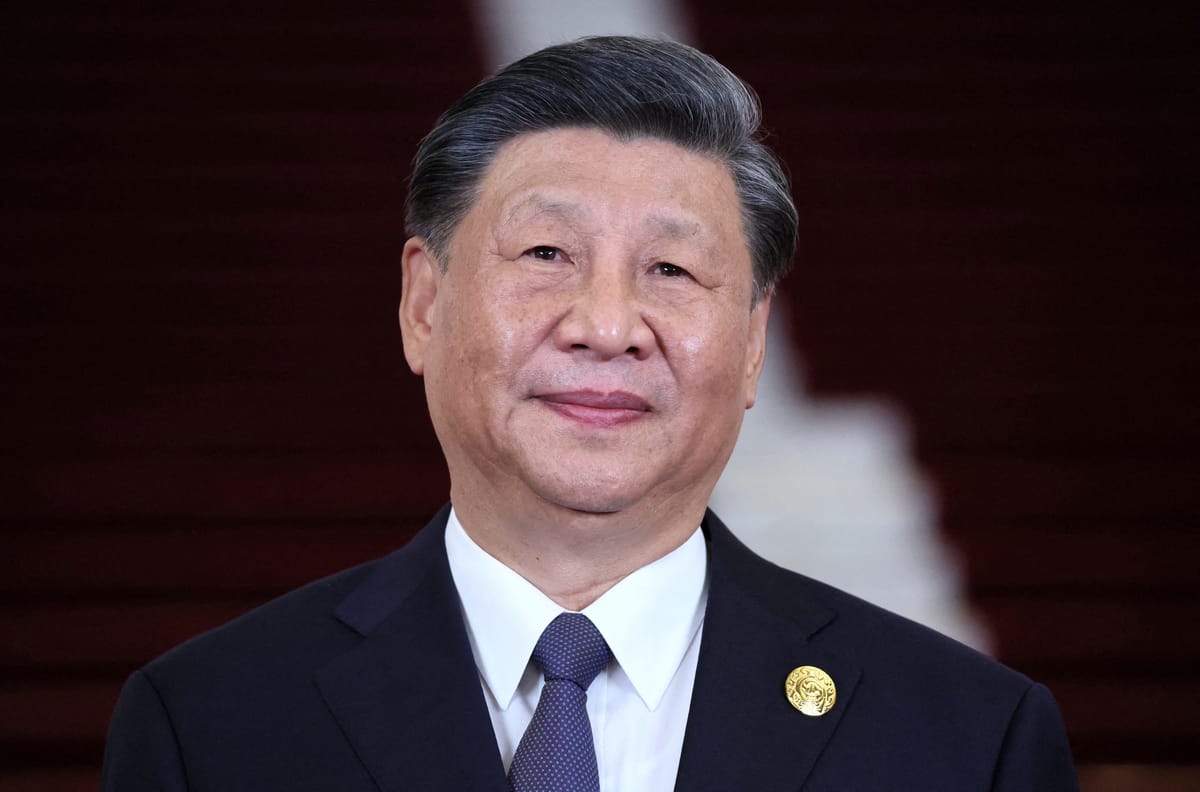China reveals the Belt and Road Initiative's 10-year vision for green infrastructure
China's Belt and Road Initiative (BRI) is the nation’s plan to connect the dots on the world map.

A few minutes every morning is all you need.
Stay up to date on the world's Headlines and Human Stories. It's fun, it's factual, it's fluff-free.
The backstory: China's Belt and Road Initiative (BRI) is the nation’s plan to connect the dots on the world map. This massive project aims to link Asia, Europe and Africa through a web of infrastructure projects. Think roads, railways, ports – anything that helps different countries connect and trade. It's been going on for a decade now, and over 150 countries are on board, chipping in around US$1 trillion.
Despite its initial momentum, disruptions from COVID and China's economic slowdown were some challenges for the project. According to the Green Finance & Development Center, the average deal size dropped to US$392 million in the first half of this year, almost half of what it was in 2018. On top of that, China has faced some criticism for lending lots of money to countries that can’t pay it back, causing them financial troubles or even putting them at risk of default.
More recently: Last month, Beijing hosted its Belt and Road Forum. During the CEO conference at the forum, Vice Premier He Lifeng stressed the need to boost cooperation within the BRI, highlighting China's commitment to expanding global trade. The emphasis was on creating a "greener and healthier" initiative and fostering a supportive business environment for entrepreneurs.
The development: China just laid out its 10-year plan for the BRI. President Xi Jinping wants to give the initiative a boost, especially in the face of a sluggish economy at home and some doubters globally. The plan prioritizes "small and beautiful" projects, meaning aiming for cost-effective investments that deliver quick and solid results for the economy, society and the environment. This pivot away from huge infrastructure projects shows China’s commitment to more sustainable development practices.
On the financial front, China is looking to make its currency, the yuan, more of a focus within BRI projects. The nation wants to encourage the use of local currencies and increase the use of the yuan in overseas investments. The plan also supports foreign entities with strong credit ratings in issuing yuan-denominated bonds in China.
Key comments:
"The yuan is likely past the turning point versus the dollar," said Fiona Lim, a senior currency strategist at Maybank in Singapore.
"We stand against unilateral sanctions, economic coercion, decoupling and supply chain disruption," said China’s President Xi last month at the Belt and Road Forum.
"China's domestic priorities beyond COVID-19 are still significant, given the large amounts of debt and the swings in renminbi that may necessitate the need to be conservative with dollar holdings so they can serve as insurance on the home front," said Kevin Gallagher, director of the university's Global Development Policy Center, to Reuters.




Comments ()